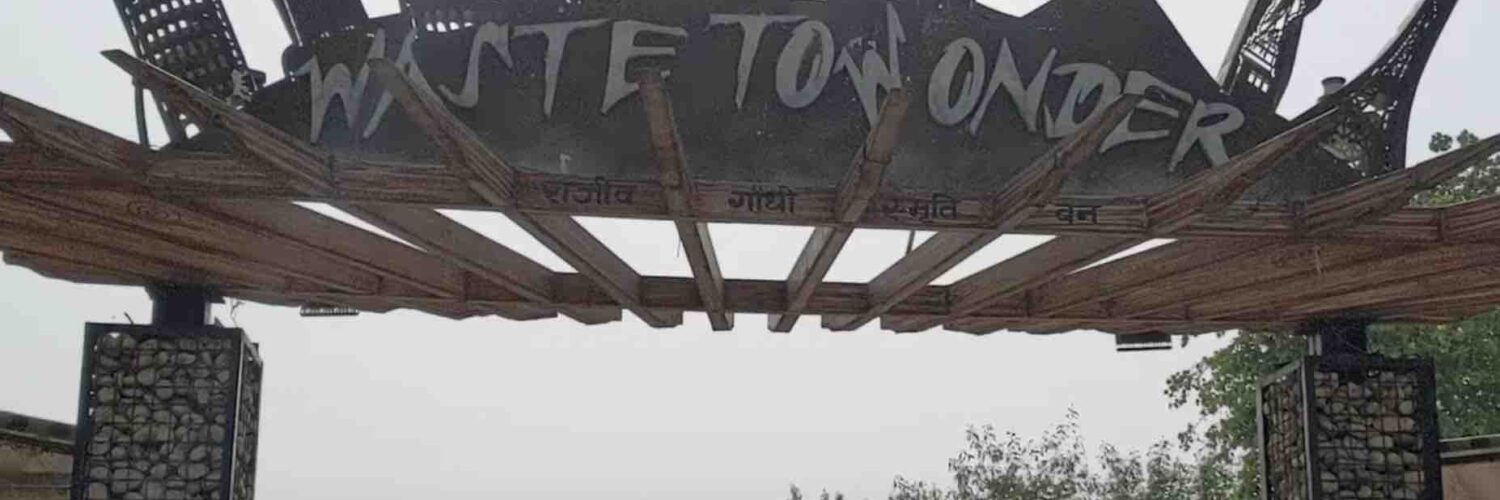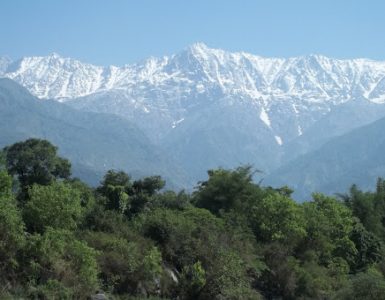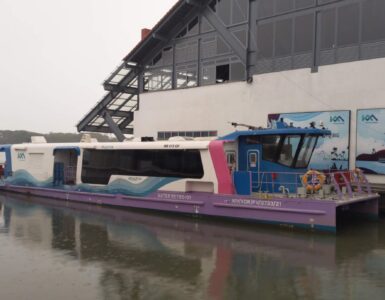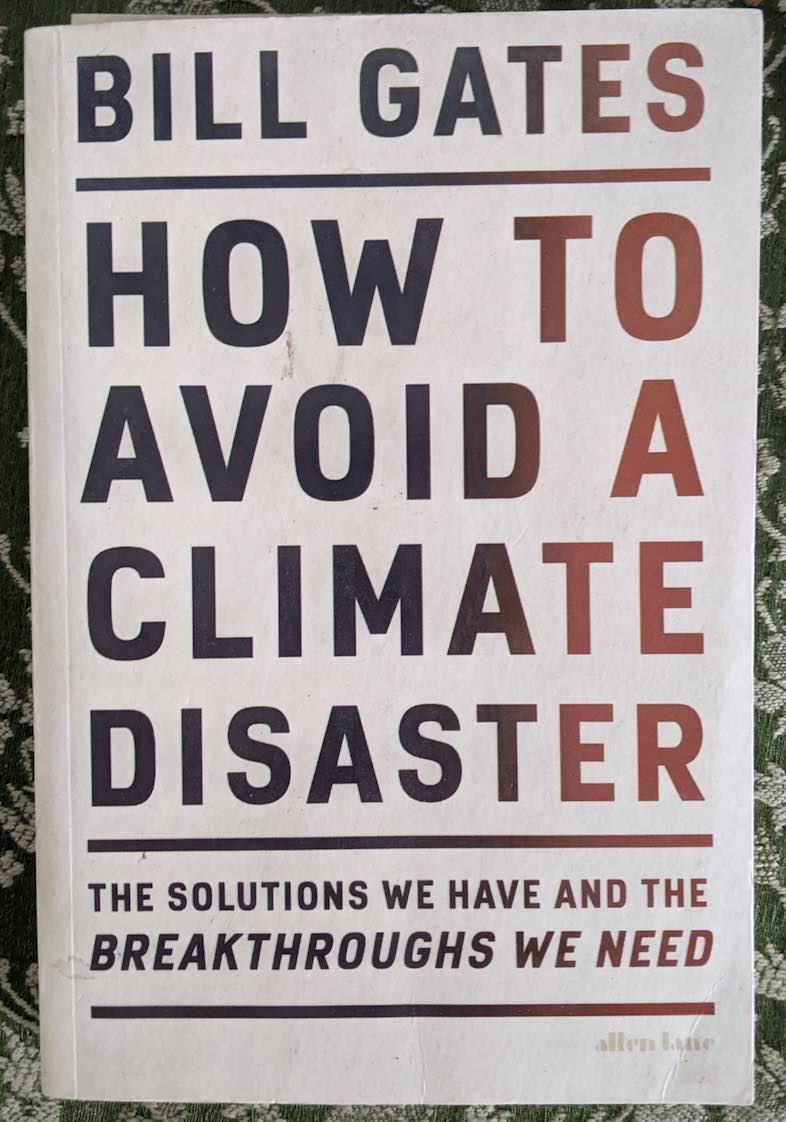While many of you might have visited all or some of the seven wonders of the world, there will be many others who would not have got an opportunity to see any of them. Located in six different countries, visiting the seven wonders of the world is not only logistically tricky but would also take a toll on your finances.
Don’t lose hope, if you are in India’s national capital Delhi or if it is possible to visit Delhi, you can also get a feel of the seven wonders of the world. While there are many gardens and parks in Delhi, there is one that is a little different and special.


Located in the heart of the capital, Waste to Wonder park has installed replicas of seven wonders of the world. Thousands of visitors come to see large replicas of the Great Pyramid, the Colosseum, the Christ Redeemer, the Statue of Liberty, the Eiffel Tower, the Leaning Tower of Pisa and of course the special attraction is the wonder of the world located in India, the Taj Mahal.
That’s not all, to develop the installations in the park, around 150 tons of scrap have been used. All kinds of waste materials are used including industrial waste like automobile parts, municipal waste like sewer lines, and scrap from old parks, and household metal waste like old appliances, fans, bicycle and bike parts, and metal railings. Most of the scrap materials were acquired from the landfills of New Delhi.
Waste to Wonder park is spread over five acres in Rajiv Gandhi Smriti Van near Sarai Kale Khan, approximately 5 km from India Gate. The park was created in 6 month time by South Delhi Municipal Corporation (SDMC) and inaugurated in Feb 2019. The total cost of construction was Rs. 7.5 crores, which included the services of 5 artists, 7 supporting artists, 70 welders, and many helpers.
The park is divided into seven distinct sections, each one focusing on a wonder of the world that helps the public to enjoy a single attraction without getting distracted by the other models nearby. This Delhi park is not just a showcase of the effective use of waste, but the park also demonstrates its energy conservation capabilities and biodiversity.
The wide alleys which a visitor take from one wonder to another are filled with trees, plants, and shrubs, there is also a small waterfall to provide serenity to the surrounding. In addition, the park runs on renewable energy sources like windmills, solar trees, and rooftop solar panels.
The 5-acre theme park attracts thousands of visitors every day and provides an incredible illustration of the Indian government’s cleanliness initiative‘ – Swachh Bharat Abhiyan’. The locals, children, and tourists get a visual perspective of transforming waste into art.
Seven Wonders of the World
If you want to know a little more about the seven wonders of the world, here is a brief snapshot, along with what went into creating each of the replicas at Waste of Wonder Theme Park in Delhi.
1. Great Pyramid at Giza
Real: The Great Pyramid at Giza built between 2550 to 2490 B.C. is the oldest of the seven wonders of the World. The Great Pyramid is the biggest Egyptian pyramid and the tomb of an ancient ruler in Egypt, Khufu.
Waste to Wonder Park: The 18 feet replica of the Great Pyramid of Giza weighs almost 12 tonnes in total. More than 100 layers of angles were made using metal pipes
2. The Colosseum
Real: The Colosseum is in the center of the City of Rome in Italy. Originally known as the Flavian Amphitheatre, was commissioned in AD 72 by Emperor Vespasian. The shape of Colosseum is roughly oval and measures 615 feet long, 510 feet wide, and 157 feet high, making it the largest arena in the Roman world. This giant amphitheater was used for gladiator games, dramas, and multiple public events.
Waste to Wonder Park: The 16 feet tall and 38 feet wide replica of the roman sculpture is many times smaller than the original, but this one is made with approximately 11 tonnes of scrap. Making the Colosseum required metal pipes from the children’s park, metal sheets from trucks, tire rims, automobile parts, and gears.
3. Christ the Redeemer
Real: Christ the Redeemer is a 98 feet statue of Jesus Christ in Rio de Janeiro, Brazil. The statue was constructed between 1922 and 1931 at the peak of the 2,300 feet Corcovado mountain. The high altitude of the site provides an incredible view of the city of Rio de Janeiro and its natural beauty. To create the statue reinforced concrete and soapstone were used.
Waste to Wonder Park: This replica of Brazil’s Christ the Redeemer is 25 feet tall and has used more than 15 tonnes of waste. Metal cast and mold were used to give shape to the structure which includes electric pipes, automobile scraps, bike chains, etc
4. The Statue of Liberty
Real: The Statue of Liberty was a gift of friendship from the people of France to the United States in 1886. The 151-foot statue is covered in 300 sheets of coin-thin copper. The statue represents freedom, inspiration, and hope. Interestingly, the man who created another wonder of the world, the Eiffel Tower, Gustave Eiffel was engaged to design the skeletal framework of the Statue of Liberty.
Waste to Wonder Park: The 32-foot high Statue of Liberty used approximately 4 tonnes of scrap. The tablet in Lady Liberty’s hand is made of metal sheets, the torch is made of the parts of an old bike, and cycle chains form her hair.
5. The Eiffel Tower
Real: The Eiffel Tower is a wrought iron lattice tower in Paris, France. The tower is named after the engineer Gustave Eiffel, whose company designed and built the tower between 1887 to 1889. The tower is more than 1,000 ft tall and is one of the most renowned symbols of Paris. Millions of tourists visit to see the structure, and a few of them also go and enjoy the food served at the restaurants located on the first and second levels of the Eiffel Tower.
Waste to Wonder Park: At 60 feet, the miniature Eiffel Tower is the tallest installation in Waste to Wonders Park. 40 tonnes of automobile scrap is used including diesel tanks and clutch plates
6. The Leaning Tower of Pisa
Real: The Leaning Tower is the bell tower located in Pisa in Italy. The tower derives its name because of its nearly four-degree lean. The lean of the structure began during construction in the 12th century due to soft ground which could not properly support the structure’s weight. In 1990, the tilt reached 5.5 degrees after which remedial work was done between 1993 and 2001 which reduced the tilt to 3.97 degrees. The top floor houses seven bells, one for each note of the musical scale.
Waste to Wonder Park: The 25-foot-high Leaning Tower of Pisa replica used more than 10 tonnes of waste. Cycle rims make the arches, old pipes are used to make the pillars, and scrap metal sheets are used to make formations under the arches.
7. Taj Mahal, India
Real: The Taj Mahal is a white marble mausoleum located in the Indian state of Uttar Pradesh in Agra. Mughal ruler Shah Jahan built this wonder of the world on the banks of the river Yamuna in memory of his third wife Mumtaz Mahal in 1653. The dome architecture, ornate designs, and four minarets make the Taj Mahal one of the most beautiful buildings ever created.
Waste to Wonder Park: 30 tonnes of waste materials have gone into the making of the miniature Taj Mahal. Every Dome, minaret, window, and door was intricately designed, created, and assembled one by one.
Wrapping Up
No one can take the charm of visiting the actual site of the seven wonders of the world, however, if you want to get a feel of them, you can visit India’s national capital, Delhi.
The theme park also sets a wonderful example of leveraging the city’s waste to beautify public places. Waste to Wonder Park in Delhi celebrates the spirit of cleanliness, upcycling, recycling, energy conservation, and biodiversity.
Watch the video on the Waste to Wonders Park to get a visual perspective on the seven wonders of the world and their creative installations.







Add comment